Sometimes the tried and true methods are still the best, even in observational astronomy. Researchers at the University of Prague demonstrated this recently in a study of the eclipsing binary system V994 Herculis (V994 Her).
Researchers P. Zasche and R. Uhla used a method known as the Light-travel-time Effect to verify that V994 Her is actually a double binary. If that method sounds familiar to any astronomy historians out there, that’s because it was first used by 17th century astronomers to gauge the speed of light.
V994 Her is a rarity in the skies. While many eclipsing binaries are known, V994 Her is one of only six quadruple eclipsing binary stars discovered. An eclipsing binary star is a system where the two stars pass one in front of the other from our line of sight. Although too close to be split visually, eclipsing binaries rise and fall in brightness periodically. One famous example is the star Algol (Beta Persei) in the constellation Perseus. Algol means the “Demon Star” in Arabic, which suggests that its curious nature was known to Arab astronomers in pre-telescopic times.
Of course, for this to occur, the two stars need to be in a fairly tight orbit which is nearly edge-on to our Earthly vantage point. Researchers looking for exoplanet transits face the same dilemma. Thus, a system with two eclipsing binary pairs is very rare indeed. Although observed by the Hipparcos satellite during its survey in 1997, the true nature of the V994 Her system wasn’t realized until 2008.
Author Douglas Adams once said that “Light travels so fast that it takes most races thousands of years to realize that it travels at all.” It’s strange to think of in the modern Space Age, but there was no reason for early astronomers to suppose that light transmission wasn’t instantaneous. There were simply no everyday situations that could suggest otherwise.
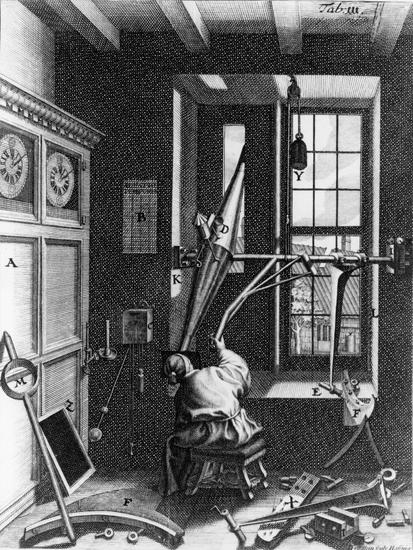
But in 1676, Danish astronomer Ole Christensen Rømer began to take note of a curious phenomenon while attempting to observe shadow transits of Jupiter’s moons. Specifically, he noticed that these events were happening earlier at certain times and later than predicted at others. Rømer then made an intuitive leap that was huge for the time. The sunlight that was being reflected off of Jupiter and its moons was taking time to arrive at the Earth, and this varied as the distance from Earth to Jupiter varied. This assertion was hotly contested by his contemporary Giovanni Cassini. Christian Huygens later estimated from Rømer’s observations that the speed of light was 217,000 kilometres per second, about 70% of today’s accepted value of 300,000 kilometres per second. One problem was that Huygens was using a value of 22 minutes for light to cross the Earth’s orbit, about 4 minutes too long. Remember, the Earth-Sun distance (1 astronomical unit) was only roughly known at the time, and expeditions would not fan out across the world in an attempt to measure the solar parallax during a transit of Venus until almost a century later in 1761 & 1769. Still, the first measurements of these 17th century astronomers put science on the right track, and today Ole Rømer is principally remembered for the Rømer Hypothesis.
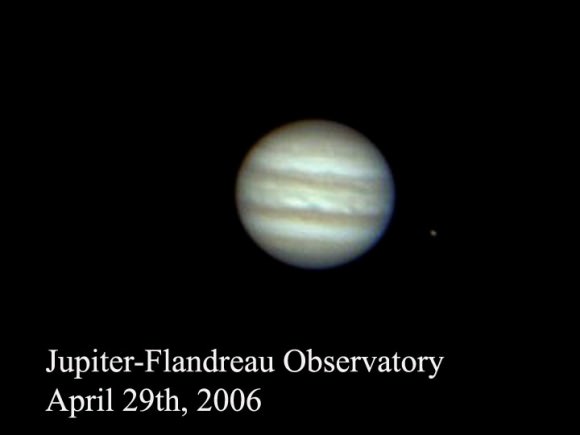
Fast forward to today. Using this exact same method, astronomers can measure the lag of the periodic eclipses of V994 Her, just like Rømer did for the moons of Jupiter as they pass in front of and behind the giant planet. What they’ve found is a fascinating system. 796 light years distant, V994 Her consists of two pairs with periods of 2.08 days and 1.42 days respectively with each pair orbiting a common barycenter over a span of 6.3 years. At +7th magnitude, V994 is the brightest quadruple eclipsing binary in the night sky, located in the constellation Hercules. The pair is, however, a challenging split for telescopes at about 1” separation.
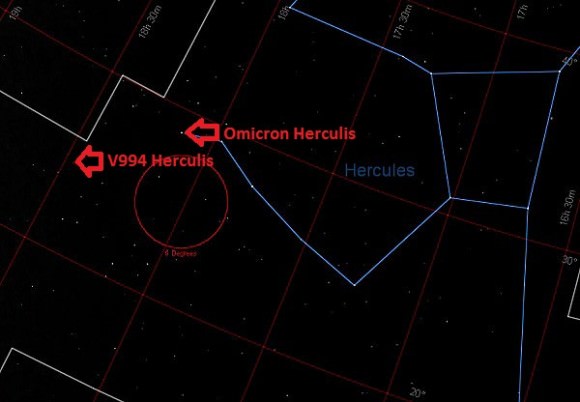
Zasche and Uhla also state in their recent paper that “V994 Her is the first eclipsing binary system where the method can be applied to both binaries.” It’s also worth noting that the measurements were carried out in collaboration with a private Czech Republic amateur observatory, and that the measurements were precise enough that no follow-up spectroscopic observations to measure the radial velocities of the system were needed.
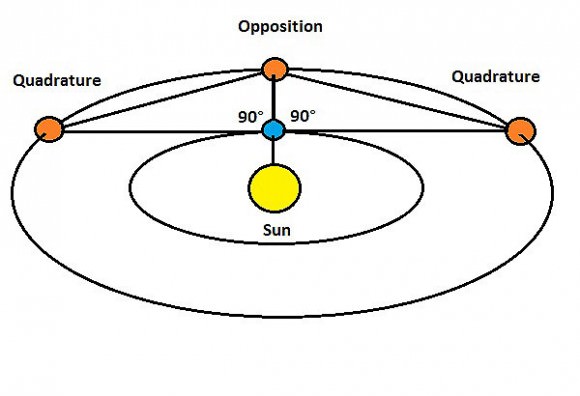
Coincidentally, Jupiter reaches eastern quadrature today and lies high in the evening sky at dusk. At 90° elongation from the Sun, the giant planet and its retinue of moons casts its shadow off to one side as seen from our Earthly vantage point. In contrast, we see the system nearly face on during opposition which will next occur for Jupiter on January 5th, 2014. 2013 is actually an “opposition-less” year for both Jupiter and Mars! One could easily replicate Ole Rømer’s discovery by making precise timings of the phenomena of Jupiter’s moons throughout the year. Just keep in mind that modern ephemerides now take into account light travel time. One would have to “ home-brew” or calculate your own tables assuming that the events were being observed instantaneously and compare them to what was being observed. Whether in our solar system or across the galaxy and the universe, the speed of light isn’t just a good idea; it’s the law!
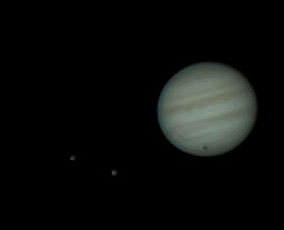
Read the original paper from the Astronomical Institute at the Charles University of Prague here.
Star chart was created by the author using Starry Night software.

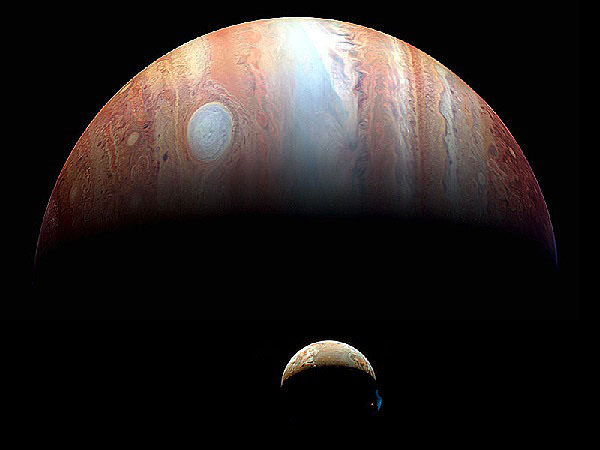
Minor quibble: While it has been conjectured that Arabic astronomers in the pre-telescopic era may have noticed Algol’s variability (thus labeling it a “demon star”), it is far from proven (i.e. I am aware of no written text from that culture/era explicitly describing its brightness as variable).
Fair enough; looking through numerous reliable desktop references, a better assertion would be “The name the Demon Star suggests that Arab astronomers may have noticed the variability of Algol.” Good catch.
Nice article. I have previously read about about how 17th century astronomers were already making estimates of the speed of light, but couldn’t figure how they were doing it. Of course! Distance variation due to orbital period variation.
I like to imagine Rømer having an OMG moment 🙂
Hi, everyone !! how are you ? I hope you are well. Actually you will be glad to know that in the meantime i have read this whole article attentively. your written attract me so much. I knowing you big thanks for your nice sharing…………..
http://www.travelwithkids.tv/